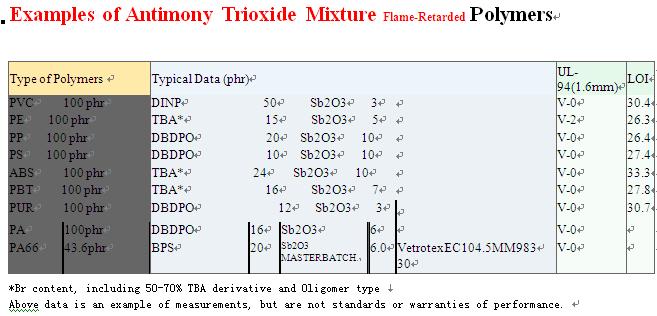Capacity expansions won't help supply until next decade
Buyers are correct in worrying about supply of titanium and titanium alloys through 2010. That's the admission from Dawne Hickton, vice president and CEO of titanium producer RTI International Metals in Niles, Ohio, even though producers are dusting off expansion blueprints for titanium sponge and mill product capacity.
Buyers will have to blend long-term acquisition plans with risk management programs because "supply still will be the issue for some time to some," she says, since major jetliner makers already have a six-year backlog for new aircraft designs that call for three to four times as much titanium as older models.
Various buyer surveys by Purchasing have found concern about future availability of titanium – from sponge, the raw material, to final fabricated parts, which already take as long as 18 months for delivery these days. "Mill product tightness will continue through 2010," Hickton tells the Basic Industries Group's Aerospace Materials Cost Outlook and Forecast 2007 meeting in Philadelphia this week. "Final finished product tightness will continue as well."
Reason: One key factor is the time it takes to get new capacity on line. Hickton says 30-36 months are needed before a new sponge plant goes in operation and even longer for downstream capacity of mill products and finished fabricated parts – since production has to be certified to meet aerospace and medical industry quality requirements.
John Mothersole, an economist with Global Insight in Eddystone, Pa., tells the conference that global sponge capacity will increase by 14% annually between 2006 and 2010 to 220,000 metric tons – based on expansions announced by RTI, Allegheny Technologies of Pittsburgh, Russian producer VSMPO-AVISMA, Kobe Steel of Japan and several Chinese firms. However, some of the Chinese expansions now are in doubt – yet world demand will surge by as much as 40% in the same timeframe, keeping pressure on supply and prices.
And there's also a chance that aerospace demand for high-grade titanium and titanium alloy mill products could grow by as much as 22% annually next decade – if and when the Boeing 787 and Airbus A350 and A380 programs really take off. These future-model planes will switch from traditional aluminium-lithium skins to composite materials to reduce weight and cut maintenance costs. These planes will require 20% of their weight to be titanium, as compared with 5% in previous generations. That means that the Boeing 787 Dreamliner will have 250,000 lb of titanium per plane while the A380 will have 200,000. – Purchasing








0 comment:
Post a Comment